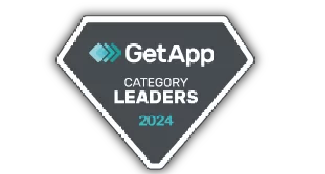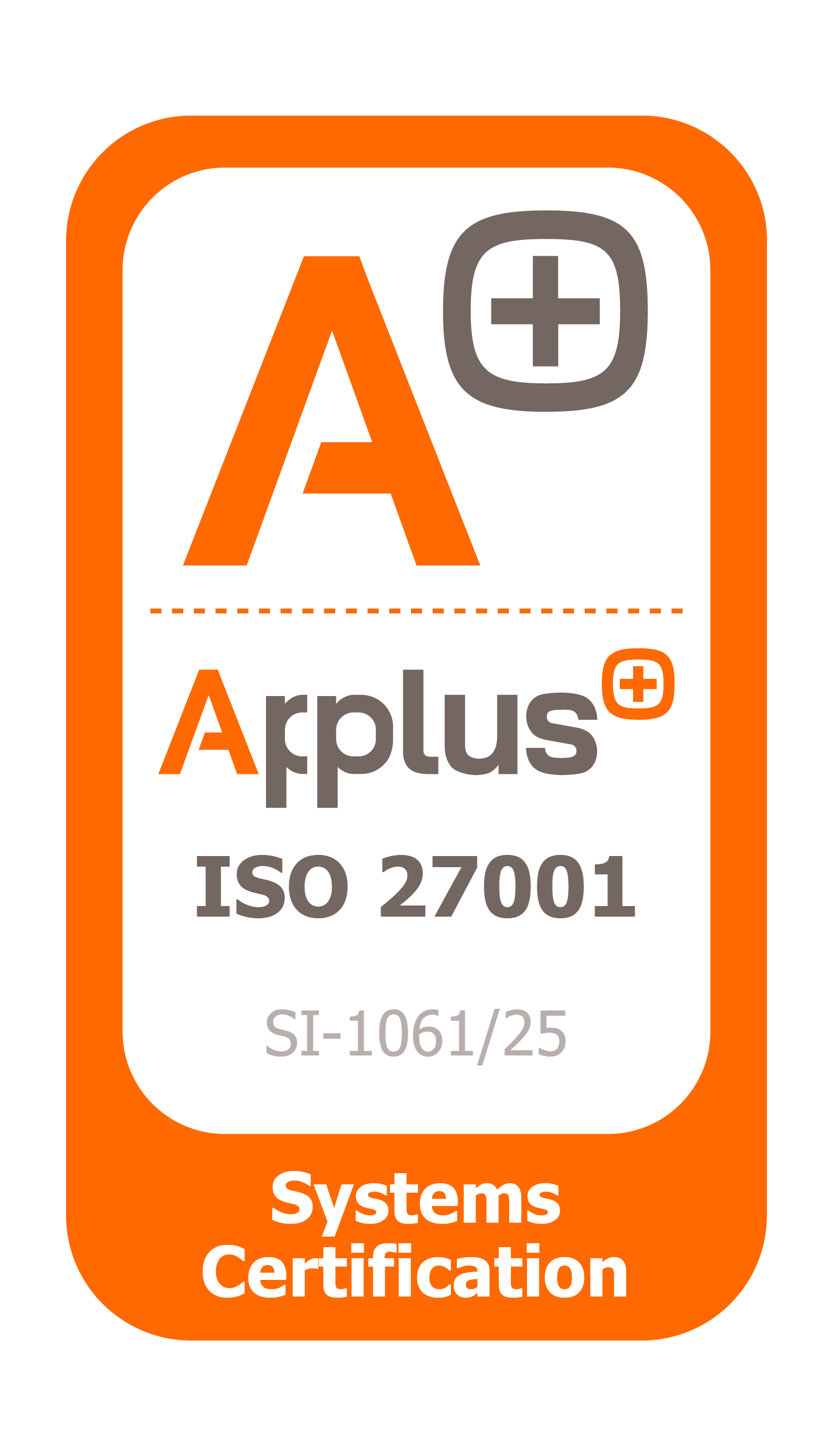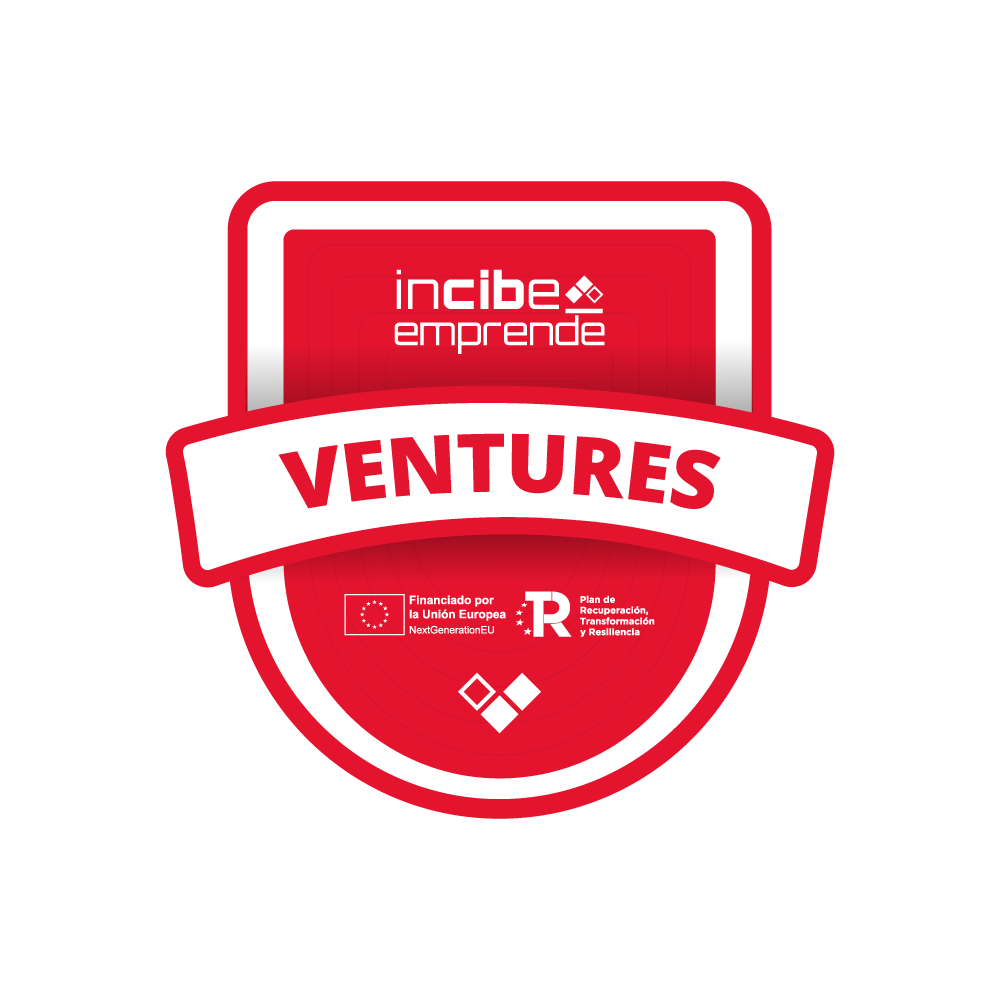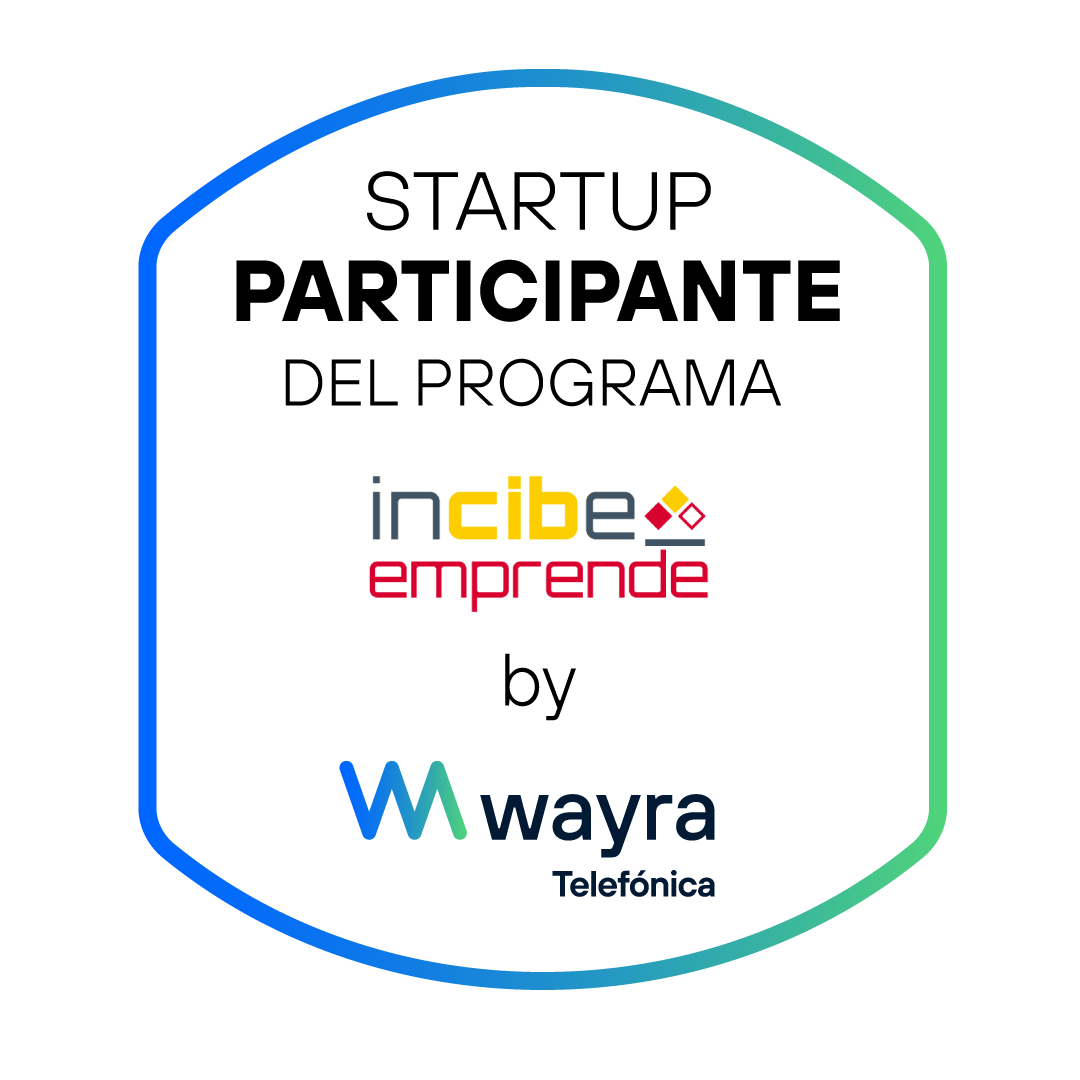In an increasingly competitive business environment, where collaboration, innovation, and team well-being are crucial for success, teambuilding has become a key tool for organizational development. Far from being a passing trend or just a recreational activity, teambuilding has evolved into a strategy with a direct impact on productivity, internal communication, conflict management, and employee job satisfaction.
In this article, we’ll explore what teambuilding really is, why it’s more important than ever, the different types of activities that can be implemented, how to design an effective plan, and how Hybo enhances team building through the smart design and use of workspace.
What is teambuilding?
The term teambuilding refers to a set of dynamics, techniques, and activities aimed at strengthening relationships and cohesion among members of a work team. Its goal is not just to encourage fun, but also to create experiences that improve collaboration, trust, and communication, fostering a more positive and productive work environment.
Although the concept can be applied in various contexts, its most common use is in the business world. Here, teambuilding acts as a management tool that enables companies to identify strengths, address weaknesses, and align individual goals with collective objectives.
Teambuilding is not about organizing a one-off activity, but about systematically building a solid and coherent team culture. That’s why more and more organizations are incorporating these practices into their training, well-being, and talent development programs.
The benefits of teambuilding: beyond just fun
Although many associate teambuilding with a simple day of games or outdoor activities, its benefits go far beyond momentary entertainment. Below, we highlight the key results most companies experience when implementing a structured team-building program, supported by studies and relevant data:
- Improved communication
By working together on group challenges, participants learn to express ideas clearly, listen actively, and provide constructive feedback. This directly impacts daily meetings and project coordination, reducing errors and misunderstandings. According to Forbes, lack of effective communication is one of the main problems in the workplace, and teambuilding activities significantly help improve it. - Trust building
Activities that require delegating responsibilities and relying on others increase interpersonal trust. Once established, that mutual confidence carries over into the workplace, allowing teams to take calculated risks and propose innovative solutions. A study by Watson Wyatt revealed that total returns to shareholders can be up to three times higher in a “high-trust” organization. - Conflict resolution
Teambuilding provides a safe space to identify tensions and underlying discomfort within the group. Through guided dynamics, teams learn to channel and resolve disagreements collaboratively, strengthening peer relationships. According to a Gallup report, 83% of U.S. employees do not feel engaged at work, and a united team feels more valued and committed to organizational goals. - Productivity boost
When team members understand their roles, feel supported, and work toward a common purpose, task efficiency and execution speed increase significantly. An analysis by Peak Sales Recruiting found that companies investing in teambuilding experience productivity gains of up to 25%. - Skills development
Teambuilding allows participants to practice key competencies such as leadership, decision-making, time management, and creativity under pressure. When transferred to daily work, these skills enhance each employee’s professional development. Activities promote effective communication and better interaction among employees, allowing them to express ideas, set goals, and collaborate effectively. - Improved workplace climate
A positive work environment, where cooperation and mutual recognition exist, reduces stress and absenteeism. Employees are more motivated and engaged with the company’s goals, increasing satisfaction. A study by the American Psychological Association found that teambuilding activities help reduce employee stress, resulting in a healthier and more productive workplace. - Corporate culture building
Teambuilding activities aligned with the organization’s mission and values reinforce corporate identity. When teams share meaningful experiences, they better internalize the culture and become brand ambassadors. Teambuilding can also be used to promote trust among team members or between employees and management, fostering values such as solidarity, empathy, generosity, proactivity, and responsibility in working together toward corporate goals. - Talent attraction and retention
Companies that invest in employee well-being gain a competitive edge in the war for talent. Professionals seek environments that offer growth opportunities and a sense of belonging. Teambuilding activities generate a sense of identity and group cohesion, making it easier to reach shared goals and strengthen team spirit.
These benefits demonstrate that teambuilding is a strategic tool essential for strengthening teams and enhancing organizational performance.
Types of teambuilding activities by objectives and formats
There are countless types of teambuilding activities that can be adapted to different objectives, groups, and formats (in-person, online, or hybrid). As an example—and without going into too much detail (since we’ll explore this in a specific article on activities)—we can classify the dynamics as follows:
- Trust and cooperation activities: exercises where participants must support their teammates, such as the “trust circle” or “blind trails.”
- Problem-solving challenges: dynamics like “escape rooms” or “collaborative construction” that require collective idea-sharing.
- Creativity and innovation games: gamified brainstorming, hackathons, or rapid design challenges (design sprints).
- Sports or adventure activities: aimed at strengthening both physical and emotional resilience while fostering team spirit.
- Online dynamics: collaborative trivia games, photo challenges, or virtual simulations that connect remote teams.
These categories help guide the teambuilding plan based on the desired objective (improving communication, resolving conflicts, boosting motivation, or driving creativity) and the company’s reality (work habits, available resources, and team size).
How to design an effective teambuilding plan step by step
To ensure that a teambuilding program meets its goals and generates tangible results, it’s essential to follow a structured methodology. Below is a 6-phase process:
- Needs analysis
- Identify the team’s challenges and areas for improvement: communication, conflict management, cross-departmental collaboration…
- Gather information through surveys, interviews, or focus groups.
- Definition of SMART objectives
- Specific (what we want to improve), Measurable (how we’ll know it worked), Achievable, Relevant, and Time-bound.
- Example: “Reduce the number of misunderstandings in cross-functional projects by 20% within six months.”
- Selection of activities and formats
- Choose dynamics aligned with the objectives and suited to availability (in-person, online, or hybrid).
- Consider duration, material resources, and participant profiles.
- Logistical planning
- Book spaces (modular rooms, outdoor areas, or digital platforms).
- Coordinate timing, external facilitators (if needed), and required materials.
- Execution and facilitation
- Engage specialized facilitators to guide the activities and encourage participation.
- Ensure a safe environment where all members feel comfortable expressing themselves.
- Evaluation and feedback
- Conduct satisfaction surveys and measure performance indicators (productivity, work climate, turnover).
- Analyze results and gather insights to refine and improve the plan for future editions.
This systematic approach ensures that teambuilding is not just a one-off experience, but a true driver of organizational transformation.
How Hybo strengthens team relationships through space design
At Hybo, we understand that the physical and digital environment plays a decisive role in team dynamics. That’s why our solutions go beyond simple room bookings—we design spaces that foster connection, collaboration, and well-being.
- Flexible and modular zones: Adaptable areas where teams can meet for brainstorming sessions, teambuilding workshops, or informal meetings.
- Relaxation areas: Spaces designed to encourage rest and spontaneous interaction—key to strengthening personal relationships and boosting creativity.
- Integrated digital tools: Our platform enables users to book rooms, manage resources (whiteboards, writing materials, etc.), and access online dynamics that complement in-person activities.
- Usage analytics: Insights on how spaces are used and how often people interact, allowing for data-driven decisions to optimize design and improve employee experience.
With Hybo, teambuilding initiatives are enhanced through a complete ecosystem where space and technology converge to deliver tailored solutions that boost cohesion and team performance.
Current trends in team building
The world of work is constantly evolving, and team building is no exception. Below are some of the leading practices shaping the future:
- Hybrid and digital teambuilding
Online activities combined with in-person gatherings allow remote and global teams to stay connected. Gamification platforms and virtual reality enable immersive experiences. - Focus on holistic well-being
Programs that integrate mindfulness, yoga, or coaching activities aimed at supporting the team’s mental and emotional health. - Corporate Social Responsibility (CSR)
Activities that incorporate volunteer work or sustainability projects (e.g., park clean-ups, urban gardening), linking team building with social impact. - Continuous micro-experiences
Instead of one-off events, many companies now opt for small weekly dynamics that maintain connection and enthusiasm over time. - Data-driven teambuilding
Using analytics tools to measure workplace climate, identify areas for improvement in real time, and personalize experiences accordingly. - Advanced gamification
Internal challenges and competitions with scoring, rewards, and public recognition to boost motivation and active participation.
These trends show that team building is evolving into a strategic discipline—closely aligned with digital transformation, employee well-being, and sustainability.
Conclusions
Teambuilding is no longer just a leisure activity—it’s now a strategic tool that boosts productivity, strengthens relationships, and helps shape a solid corporate culture. At Hybo, we design comprehensive solutions that combine smart spaces and advanced technology to enhance teamwork to the fullest.
















